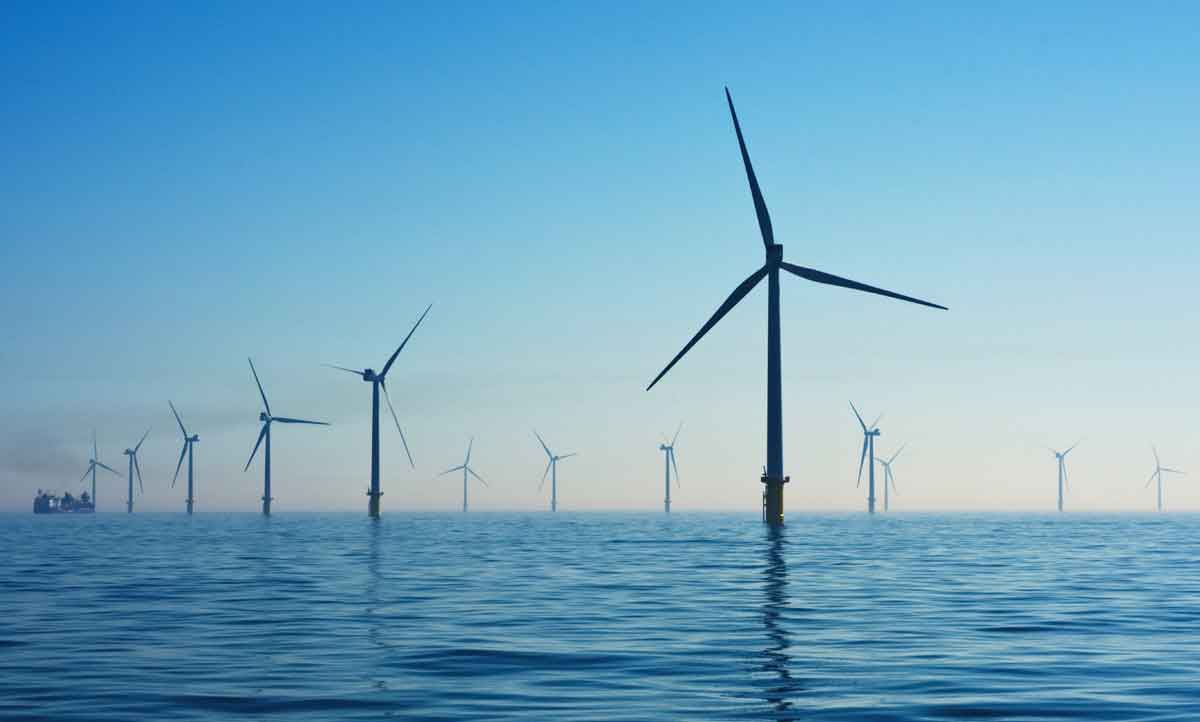The General Services Administration (GSA) and the Department of Defense (DoD) have embarked on a groundbreaking journey to significantly enhance the federal government's energy consumption patterns through a collaborative clean electricity purchase. This initiative, positioned as a historic step, aims to transition federal facilities across selected U.S. regions to 100% carbon pollution-free electricity by 2030. The essence of this initiative lies not just in its ambitious scale, but also in its alignment with broader federal sustainability and environmental objectives. It reflects a strategic move towards meeting the Biden-Harris Administration's environmental policies, underscoring the federal commitment to reducing carbon emissions, promoting renewable energy sources, and fostering a sustainable, eco-friendly government operational framework.
- Background and Objectives
- The Procurement Process
- Geographical and Operational Scope
- Implications for the Clean Energy Sector and Job Market
- Environmental and Health Benefits
- Challenges and Opportunities
- Conclusion and Future Outlook
Background and Objectives
The Biden-Harris Administration has placed a strong emphasis on environmental policies, advocating for a significant reduction in carbon emissions and a transition to renewable energy sources. This approach directly influences federal operations, as the government is a major consumer of energy. Recognizing its responsibility, the federal government is actively shifting towards sustainable practices, leveraging its vast operational footprint to set a precedent for environmental stewardship. This move not only aligns with global sustainability goals but also aims to mitigate climate change impacts, demonstrating a commitment to ecological preservation and energy efficiency.
The Procurement Process
The procurement process begins with a Request for Information (RFI), a strategic step allowing the GSA and DoD to gather critical insights from the clean electricity industry. This RFI serves a dual purpose first, it informs potential suppliers about the government’s ambitious goals for clean energy procurement; second, it collects data on the capabilities, technologies, and innovations available in the market. Industry feedback is invaluable, shaping the federal government’s approach to purchasing clean electricity by highlighting feasible strategies, potential challenges, and innovative solutions that could be employed to meet sustainability objectives. This collaborative approach ensures that the procurement strategy is both practical and forward-looking, aligning federal needs with the evolving landscape of the clean energy sector.
Geographical and Operational Scope
This initiative targets federal facilities within regions serviced by PJM Interconnection, a regional transmission organization that coordinates the movement of wholesale electricity in parts of the Eastern and Midwestern United States. The choice of these regions is strategic, aiming to leverage PJM’s significant infrastructure and market reach, to facilitate the transition to 100% carbon-free electricity. The scale of this procurement is expected to be one of the largest in federal history, signaling a major shift towards clean energy, and underscoring the significance of this move for the involved states, both in terms of environmental impact and economic benefits.
Implications for the Clean Energy Sector and Job Market
The federal government’s procurement strategy is poised to significantly boost the clean energy sector, along with the corresponding job market. By prioritizing clean electricity, this initiative not only stimulates demand for renewable energy sources but also encourages investment and innovation within the industry. This heightened focus on clean energy is expected to create a multitude of jobs, ranging from construction to maintenance and operation of renewable energy facilities. The ripple effect on local economies and the broader national clean energy market will likely be substantial, fostering growth, sustainability, and resilience in the face of climate challenges.
Environmental and Health Benefits
Transitioning to carbon pollution-free electricity is expected to yield significant environmental and health benefits. By reducing greenhouse gas emissions, this initiative contributes to the mitigation of climate change effects, leading to improved air quality. Cleaner air translates into healthier communities, with fewer health issues related to air pollution, such as respiratory ailments and cardiovascular diseases. This proactive approach towards sustainability not only safeguards the planet but also enhances the well-being of its inhabitants.
Challenges and Opportunities
Implementing this large-scale transition to clean electricity presents challenges such as technological limitations, infrastructure readiness, and financial constraints. However, it also opens up opportunities for innovation and collaboration. The government, energy suppliers, and other stakeholders can work together to overcome these hurdles through technological advancements, strategic investments, and policy support. This collaborative effort can drive progress in renewable energy technologies, grid modernization, and sustainable practices, laying the foundation for a resilient and environmentally friendly energy future.
Conclusion and Future Outlook
The GSA and DoD’s clean electricity purchase initiative is a landmark step towards achieving national sustainability goals, showcasing a committed federal approach to combating climate change. By prioritizing clean energy, the initiative not only addresses environmental concerns but also sets a precedent for future federal energy procurement strategies. This forward-looking effort reflects a broader commitment to leveraging federal influence for environmental stewardship, promising a greener, more sustainable future.








